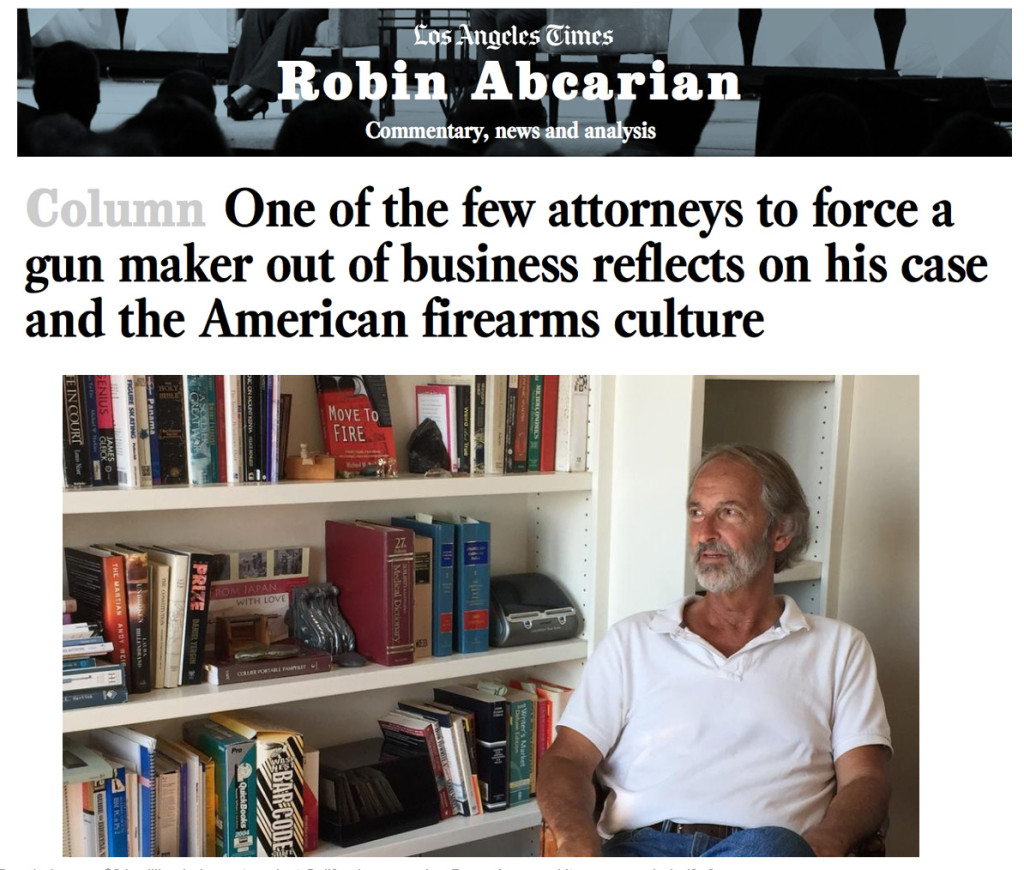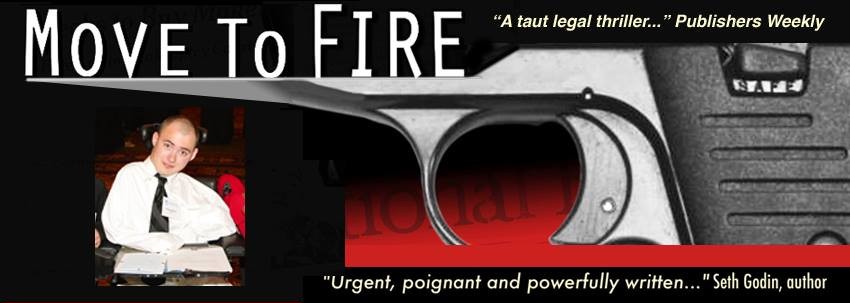Continuing from Chapter One:
Twenty-four hours before the shooting, and six-hundred miles south, in Anaheim, California, a fax was transmitted from Brown & Wilcox, a commercial insurance underwriter, to an agent at an insurance brokerage, regarding Bryco Arms, the manufacturer of the Bryco Model 38.
Bryco had just come off of a good year, with $7,000,000 in sales from 1993-1994, and $14,000,000 sales projections for the next year. The small, privately owned company held the top spot of the small handgun industry. Sales for the Bryco Model 38 were more than $2,500,000 dollars. But the company had been negotiating the cost of liability insurance. The current policy had officially lapsed on April 1st. The new policy would be almost $250,000, an almost $40,000 increase.
Bryco Arms and other small handgun manufacturers were seeing increasing premiums across the board. Market forces, changes in gun laws, especially in California, growing anti-gun sentiment, bad press and a slow but steady rise in litigation against gun makers had insurance companies re-evaluating their clients. The makers of small guns were serious liability risks, and the insurance companies that continued to insure handgun manufacturers had increased premiums and narrowed coverage. As Bryco Arms’ policy neared expiration and the company shopped around for a new policy, three major insurance companies declined to quote coverage for the company.
Bryco Arms negotiated with its insurance agent until the liability coverage expired on April 1, 1994. An offer was made to extend coverage until April 8th, for an additional $8,000, but, as the broker noted on an April 5th fax to the commercial underwriter, “…it is my feeling the insured will not be renewing with us. He feels the cost is too high…”
And so, two days before seven-year old Brandon Maxfield had been wheeled into his small town’s emergency room, closer to death than life, unable to breathe on his own, his spine shattered just below the base of his skull, the manufacturer of the Bryco Model 38 had chosen to ‘go bare’ — Bryco Arms was now without insurance to compensate anyone injured by a defective Bryco handgun.


